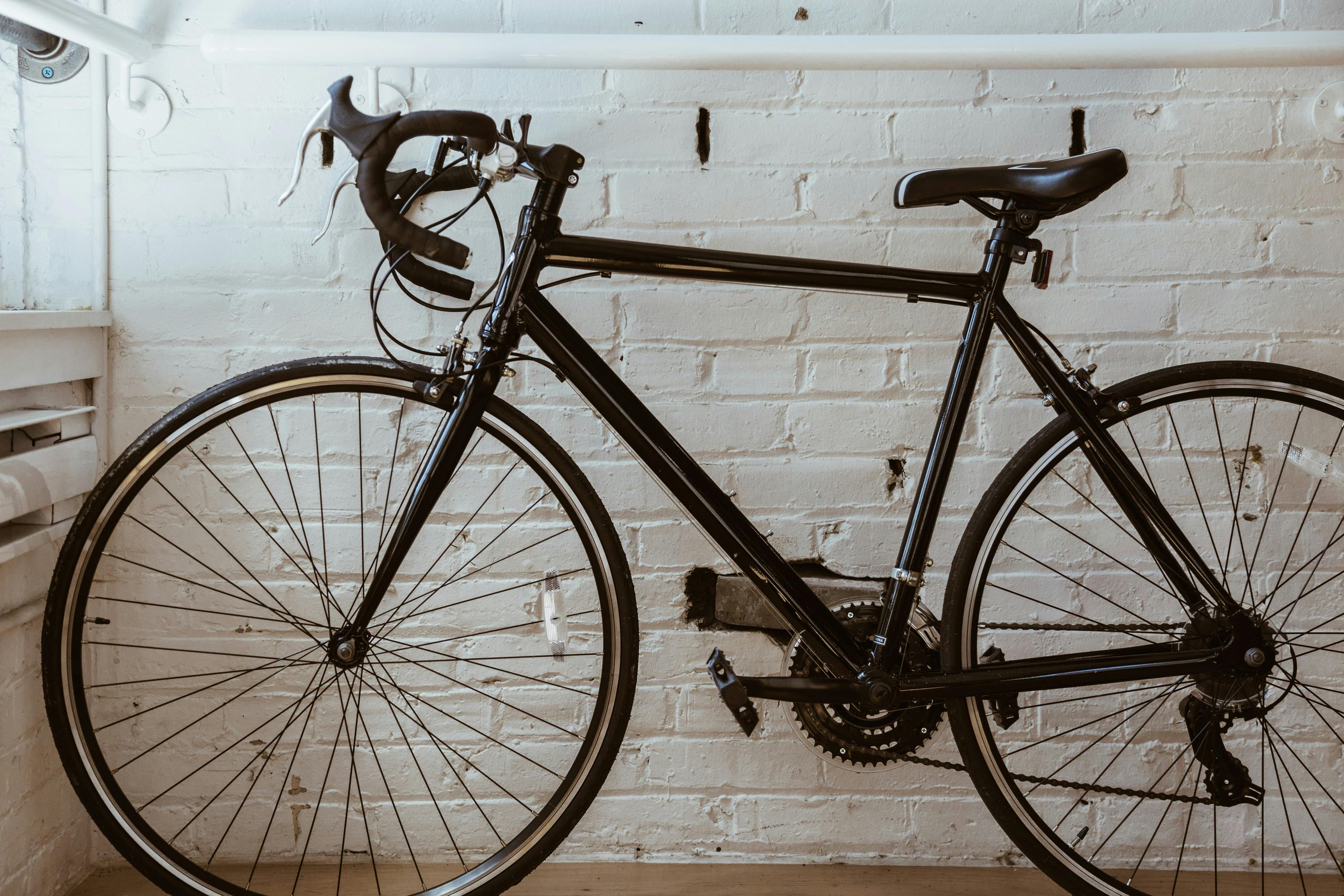Understanding Pedal Bearing Issues
When it comes to maintaining your bicycle, understanding the intricacies of pedal bearings is crucial for ensuring a smooth ride and prolonging the life of your bike. Pedal bearings are fundamental components that allow your pedals to spin freely around their axles. However, like any mechanical part, they can develop issues over time due to wear and tear, inadequate maintenance, or improper installation. In this article, we'll delve into common pedal bearing problems, how to identify them, and effective solutions.
Common Pedal Bearing Problems
1. Wear and Tear
Over time, pedal bearings can wear out due to constant use. This is the most common issue and is characterized by rough or gritty feeling when you spin the pedals.
2. Corrosion
Exposure to water and dirt can lead to rust and corrosion inside the bearing assembly. This not only affects the smoothness of the pedal spin but can also cause irreparable damage if not addressed promptly.
3. Looseness
If the bearings are not properly adjusted or if they have loosened over time, it can lead to a wobbly pedal, which affects riding efficiency and control.
4. Contamination
Dirt, sand, or other contaminants can enter the bearings, especially if the seals are damaged or inadequate. This contamination can drastically reduce the lifespan of your pedal bearings.
Symptoms of Pedal Bearing Issues
- Unusual Noises: Squeaking, grinding, or clicking sounds when you pedal.
- Rough Feeling: A gritty or rough sensation when turning the pedals.
- Pedal Play: Excessive lateral movement in the pedal when you apply side pressure.
- Increased Resistance: Feeling more resistance than usual when pedaling.
Solutions for Pedal Bearing Problems
1. Regular Cleaning and Lubrication
- How to Do It: Clean the bearings with a degreaser and apply a high-quality bicycle bearing grease.
- Frequency: At least once every six months or after riding in wet or muddy conditions.
2. Proper Adjustment
- Tools Needed: A pedal wrench and sometimes a hex key.
- Steps: Ensure that the pedal is tightened to the manufacturer's specified torque and that there is no play.
3. Replacement of Worn Out Bearings
- When to Replace: If cleaning and adjustment do not improve the pedal function.
- Choosing Bearings: Opt for high-quality sealed bearings that offer better protection against contaminants and wear.
4. Use of Sealed Bearings
- Benefits: Sealed bearings prevent dirt and moisture from entering the bearing assembly, thereby extending the life of the bearings.
- Recommendation: Upgrade to sealed bearings if you frequently ride in adverse conditions.
Conclusion
Pedal bearings may be small, but they play a significant role in the performance and safety of your bicycle. By understanding the common issues and maintaining your pedal bearings properly, you can enjoy a smoother ride and avoid costly repairs. Remember, if you're unsure about performing maintenance yourself, it's always a good idea to consult with a professional.
For further assistance, Mavyn offers both AI and human expert services. Whether you want to chat with Mavyn GPT for quick guidance or connect with a human expert for detailed help, we're here to answer all your questions about bicycle maintenance and more.
